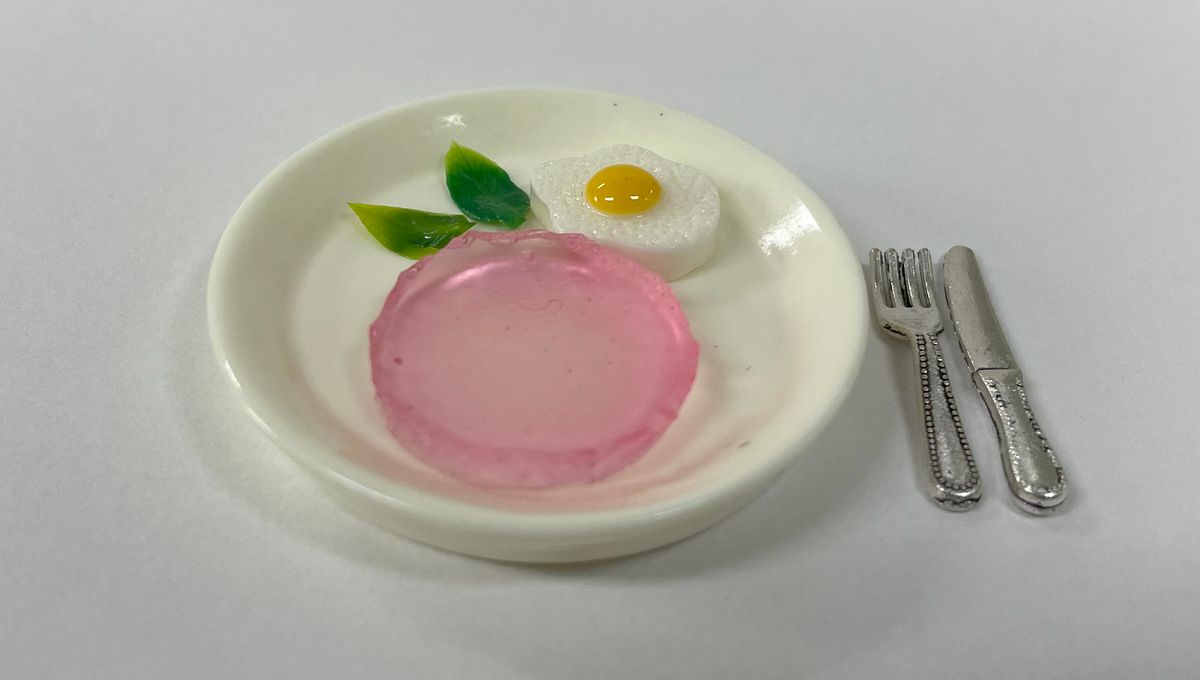
A new kind of scaffold for lab-grown meat might be able to give the cultured proteins the taste of real meat, according to new research out of South Korea.
Despite much fanfare, it’s fair to say that cultured meat – that is, animal products that were grown in a lab rather than on a farm – hasn’t made the impact on our diets that it promised. The reasons for that are, in some cases, not unexpected: long but necessary regulatory processes have made them hard to buy, for example, even in the very few countries where they’ve been approved at all – but that hasn’t been the only problem facing the fledgling industry.
Even among proponents of cultured meat, there’s still an acknowledgement that, frankly, the taste just isn’t there yet.
“The experience was closer to eating tofu or seitan than chicken,” reported Joe Fassler in an essay for the New York Times back in February. “It would never satisfy a hard-core meat eater.”
For those who tout cultured meat as a solution to the environmental and ethical issues associated with traditional animal agriculture, this is an urgent problem. And the solution, according to the new paper, is something that’s so far been relatively ignored in the industry: the flavor of the meat.
Now, we know what you’re thinking: surely, when developing food, the flavor is the very first thing you would consider, right? But cultured meat is no ordinary product: it’s not really designed to be novel, or delicious in its own right – rather, it’s specifically intended to replace an already-ubiquitous foodstuff.
As such, research into the development of lab-grown meat has generally concentrated on how to make it as close to the real deal as possible – with, so far, mixed results. “Most previous studies have focused on strategies to mimic the properties of meat depending on the cell mass and differentiation,” the new study explains.
“However, several food-related characteristics of meat, such as texture and flavor, are associated with blood and various biological tissues such as muscle, fat, and connective tissues. Because research on cultured meat is still at the stage of cell culture scale rather than tissue culture level, there are limitations in mimicking the […] properties of meat.”
Rather than the texture and structure of slaughtered meat, then, the team decided to concentrate on improving the aromatic and flavor profile of cultured meat – in particular, grilled beef. The key, they realized, would be in replicating the Maillard reaction – a chemical process that occurs when cooking, in which reducing sugars in the food react with amino acids, resulting in changes in color, flavor, and aroma.
“Hundreds of different flavor compounds are created,” explains Science of Cooking. “These compounds in turn break down to form yet more new flavor compounds, and so on. Each type of food has a very distinctive set of flavor compounds that are formed during the Maillard reaction.”
To achieve this transformation, the team developed a new, temperature-responsive scaffold for the cultured meat cells. Constructed from gelatin and containing a switchable flavor compound, the resulting cultured meat cells “release[s] the conjugated flavor group […] upon [being] heated at the cooking temperature, 150°C,” the paper reports.
But did the beef cut the mustard? According to the researchers’ chemical analysis – which included, rather amusingly, the use of an “e-nose” to compare the lab-grown beef to some store-bought slaughtered beef – the answer was yes.
“[Our] results confirm that the SFC [switchable flavor compound] can contribute to the controlled release of the meaty flavor compounds from the scaffold, eventually enabling the fabrication of flavor-rich cultured meat,” the authors write.
So, are we about to see lab-grown beef hit the shelves in the near future? Probably not. More research is needed to make the flavor compounds more precise, the team concludes, and the recipe may need to be tweaked if various concerns about animal-derived components are taken into account.
And, of course, there’s another little tidbit nestling in the paper which might kill your appetite. As “remarkable” as the breakthrough is, the team admits, “this study still encounters a critical limitation. It should be cautious to regard the used reagents as food-grade.”
Hm. Perhaps we’ll have the tofu after all.
The study is published in the journal Nature.
Source Link: Despite How It Looks, This Gelatinous Blob Could Make Lab-Grown Meat Taste Like The Real Thing